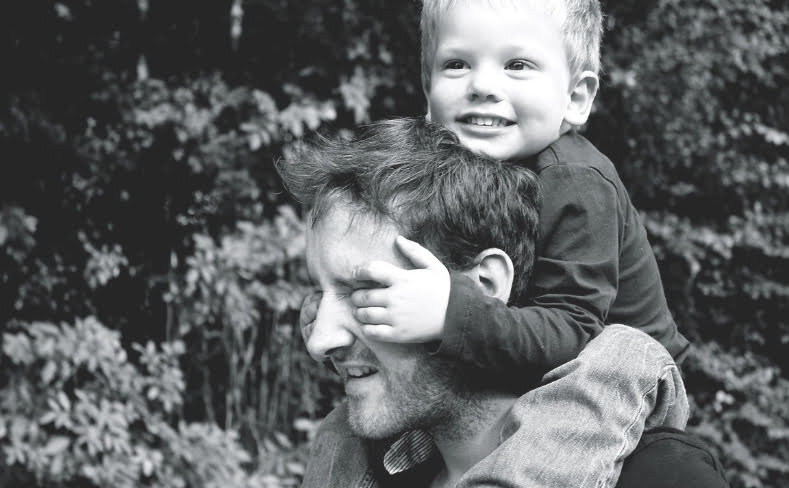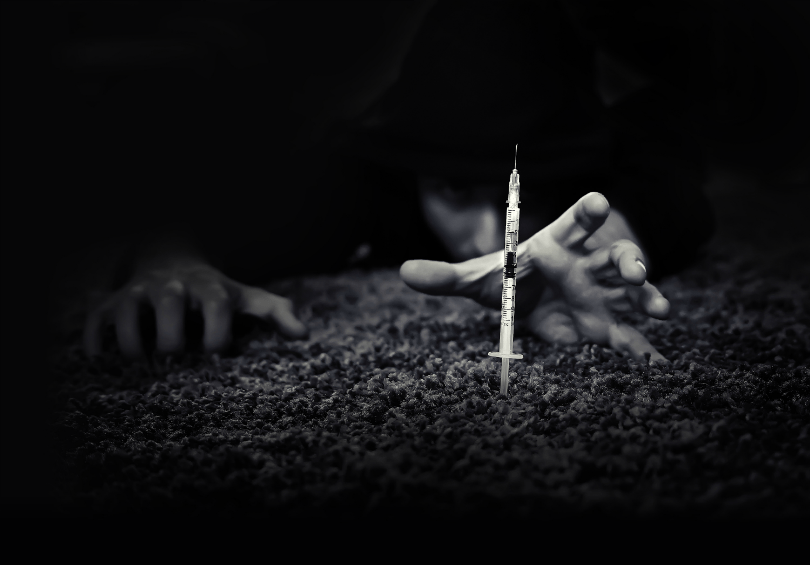The Tell-Tale Signs of Opiate Addiction
America’s facing a serious issue. The opioid crisis is now stronger and more dangerous than it’s ever been. In fact, if something doesn’t change, opioid mortality rates are expected to kill approximately 500,000 people over the next decade.
Opioids are prescription painkillers that have gained popularity as a recreational drug. Unfortunately, due to their powerful addictive qualities, recreational use quickly turns into a serious drug problem.
A person with a dependency may be able to conceal the issue in the early stages. Eventually, they’ll start to show more apparent signs of opioid addiction.
If you suspect a loved one has a problem, it helps to educate yourself so you can spot the problem and get them the assistance they need.
To help you out, we’re going over some details about opioids and the tell-tale signs of addiction.
Becoming Addicted to Opioids
Doctors prescribe opioids for pain related to an injury, illness, or after a surgery. The drug produces artificial endorphins in the brain that block pain and create a feeling of euphoria.
If a person uses opioids for too long, their brain gets used to the endorphins and begins to rely on them. Once this happens, the brain stops producing its own natural endorphins. Therefore, the user becomes dependent on those endorphins created by opioids.
Dependence is a normal part of taking any drug for an extended period of time. However, addiction occurs when a person’s body and mind cannot function properly without the use of a drug.
At this point, the addict requires treatment to get over an addiction. In the case of opioids, this is overcoming addiction by use of methadone maintenance treatment.
Signs of Opiate Addiction
If you suspect a loved one has an addiction, it helps to know if they’ve ever needed a prescription for an opioid drug. They may have needed a painkiller for a medical condition and became addicted while taking it.
Some of the more common opioids include:
- Hydrocodone
- Oxycodone
- Fentanyl
- Morphine
- OxyContin
- Meperidine
Any of these opioids have the potential for serious addiction. Even if a person no longer has a prescription, they can find them illegally.
Once dependency reaches the addiction stage, the user will start to show both physical and behavioral signs of opioid abuse and addiction.
Physical Signs of Addiction
There are many physical symptoms of opiate abuse you’ll need to look out for. These symptoms mean that a dependency has turned to addiction and the person’s body needs the drug in order to feel normal and function day to day.
Euphoria
If you notice that a loved one is sometimes euphoric for no apparent reason, this could mean they’ve recently taken an opioid.
Do they seem tired and withdrawn one minute and happy and outgoing thirty minutes later? This is a result of the drug creating a “feel-good” effect by binding to opioid receptors in the brain.
Sedation or Fatigue
A general slowing of reaction time is one of the very common signs of opioid addiction. An addict’s breathing may slow down and their movements may become lethargic. They may even pass out.
They may also frequently seem tired and unmotivated. This is a result of either a strong opiate high or withdrawal-related depression.
Stomach Issues
Opiate addiction sometimes causes the user to experience nausea or vomiting. This is often associated with too much of the drug in their system.
They may also have frequent constipation. This is a side-effect of all opioids as well as heroin.
Changes in Appearance
There are a number of temporary and permanent changes to a person’s appearance that could be signs of opioid addiction. Some could indicate that they’re currently on an opiate or that they’ve been using them for an extended period of time.
Their skin may get flushed from time to time. You may also notice splotches of red where they’ve scratched – opiates tend to make some people itchy.
If you notice constricted pupils, they may currently be on drugs.
Finally, opioid addiction could cause a person to either gain or lose weight. Opiate addicts tend to crave sugary foods, which may cause them to gain weight quickly. They may also lose their appetite altogether.
Behavioral Signs of Addiction
Sometimes the physical signs of opioid addiction are a little easier to spot than changes to a person’s personality. In most cases, an addict will take measures to hide their addiction, knowing the people closest to them will notice a change.
However, if a person is heavily addicted, they’ll eventually start to show behavioral symptoms. If you’ve known them for a long time, these signs should be easy to spot.
Social Withdrawal
If a friend or family member starts to gradually withdraw from social circles, this is a red flag. Opiate use causes a person to alter their routine to fit their addiction. This means more time alone and forming new connections with other users or dealers.
They may also start to withdraw from activities they were previously passionate about. You may notice that when they actually do participate in things, it seems forced.
Nervousness or Irritability
They may start showing signs of anxious behavior. They could also seem self-conscious or secretive around family or friends. This could be a result of the knowledge that their addiction is out of control.
Anger or irritability are also common signs. These outbursts may come out of nowhere.
Criminal Behavior
It’s common for addicts to look for other means of obtaining drugs or money. If a loved one starts engaging in criminal acts such as theft, their addiction has gotten out of control.
As an addiction progresses, the user must take more and more of a drug in order to get high. This means a much bigger need for money. It also means they may take desperate measures to support their habit.
Seek Treatment Sooner Than Later
If you have a family member or friend who you think has an opioid problem, look for the sings discussed above. They most likely won’t show all of them, but any one of these symptoms are indications of addiction.
Opiate addiction is potentially fatal. An addict must seek treatment as soon as possible so the road to recovery can begin now.
For more information on treating opioid addiction, check out our methadone blogs or give us a call at (855) 976- 2092.
Sources
[1] STAT forecast: Opioids could kill nearly 500,000 in U.S. in next decade. (2018, April 12). Retrieved from https://www.statnews.com/2017/06/27/opioid-deaths-forecast/












Leave a Reply
Want to join the discussion?Feel free to contribute!